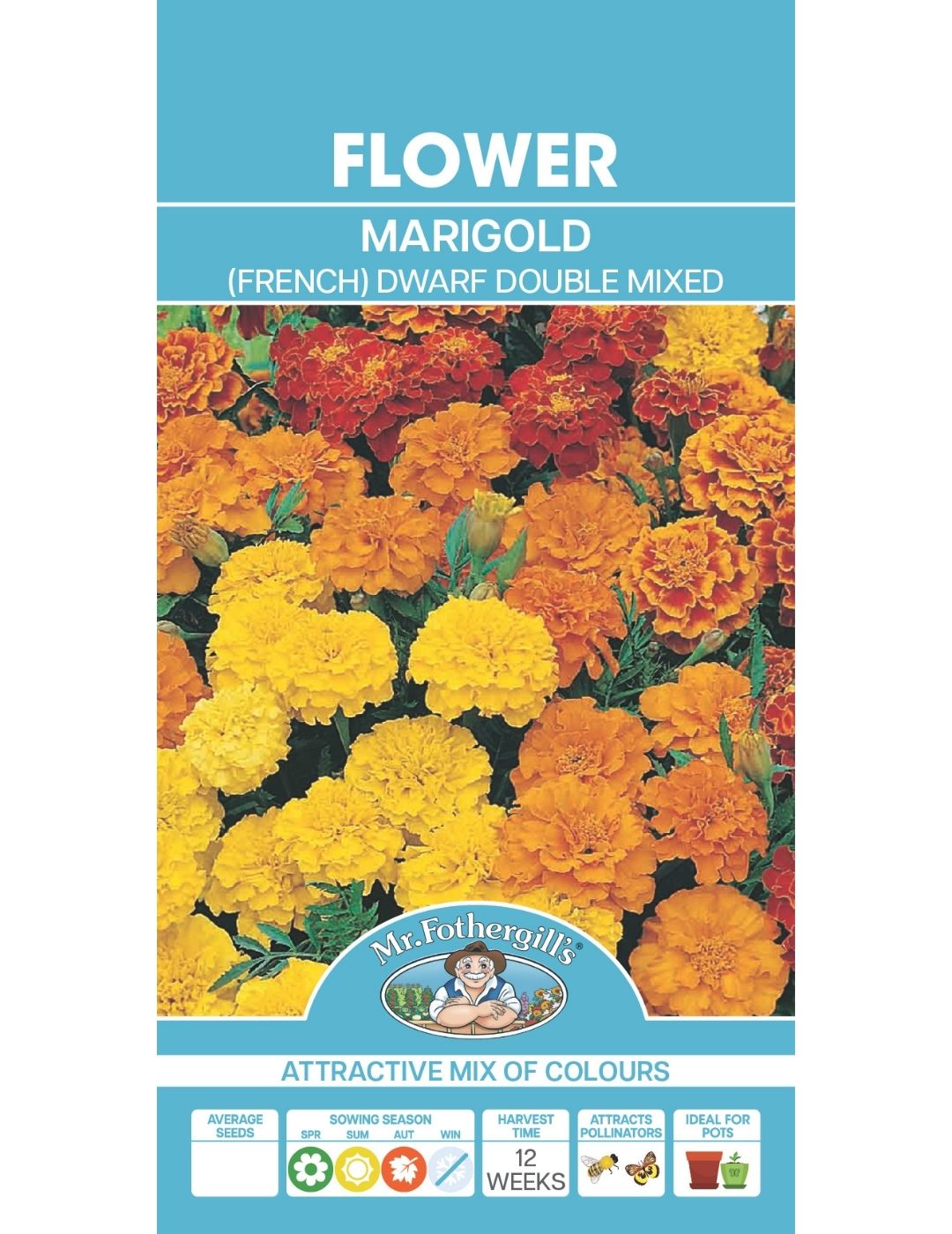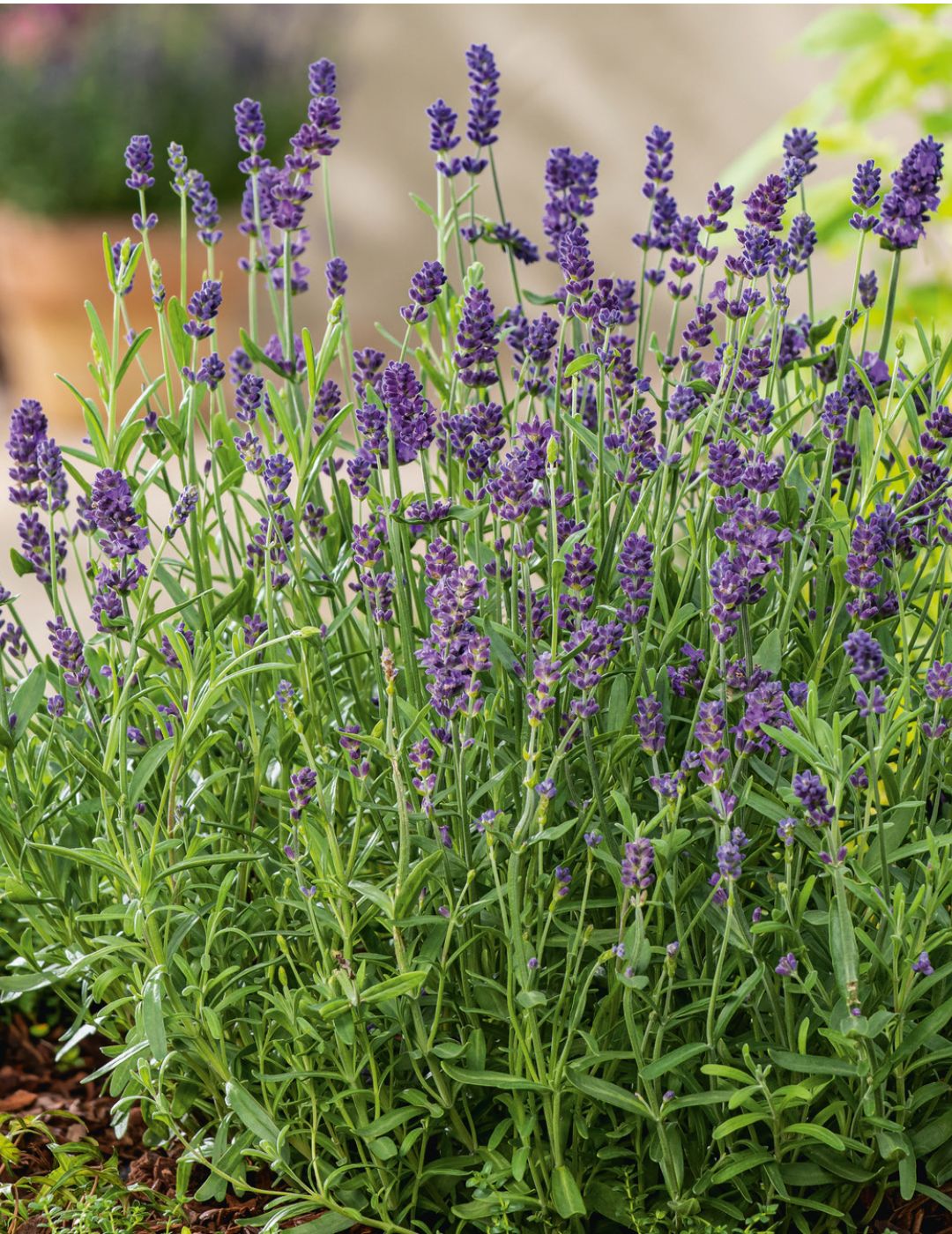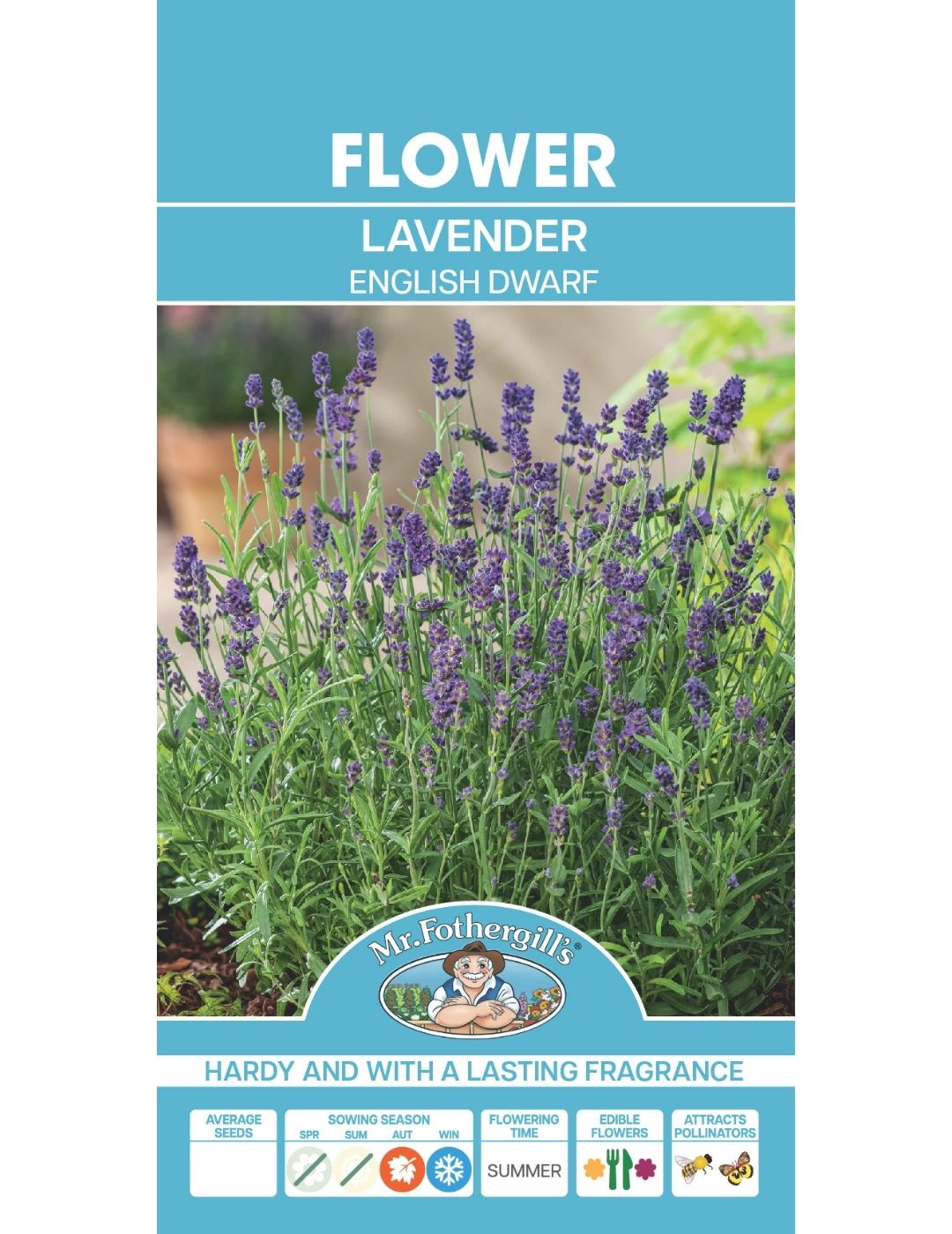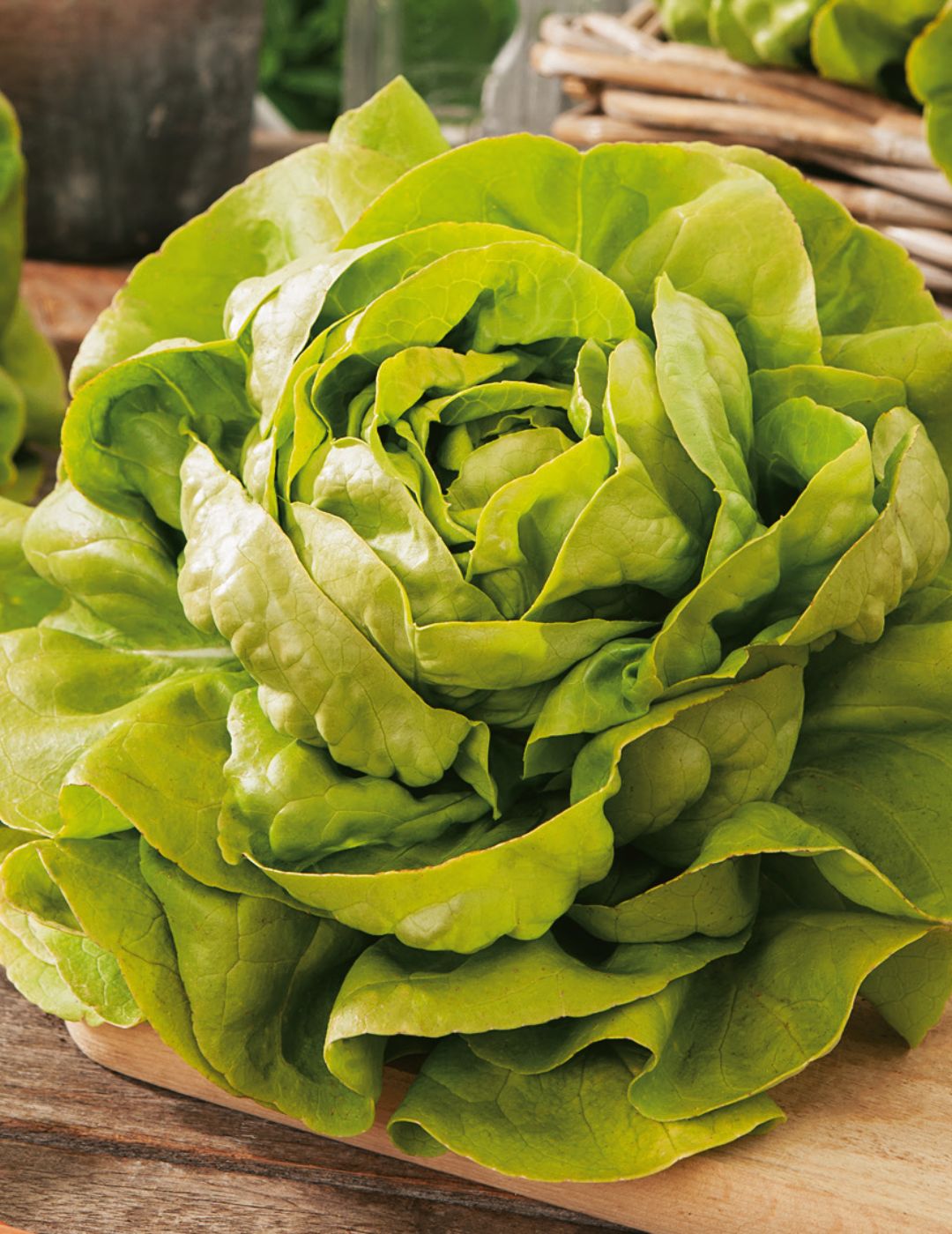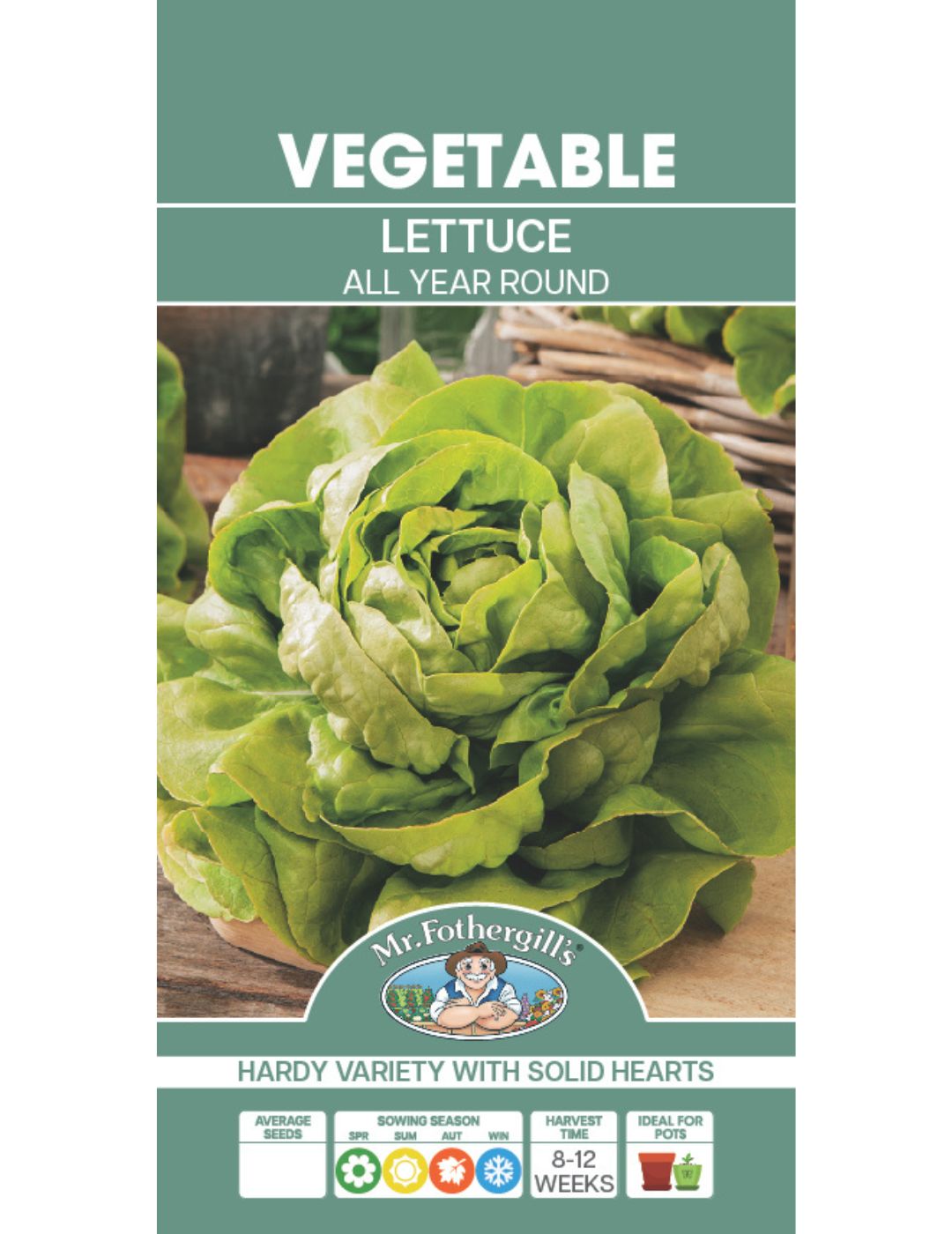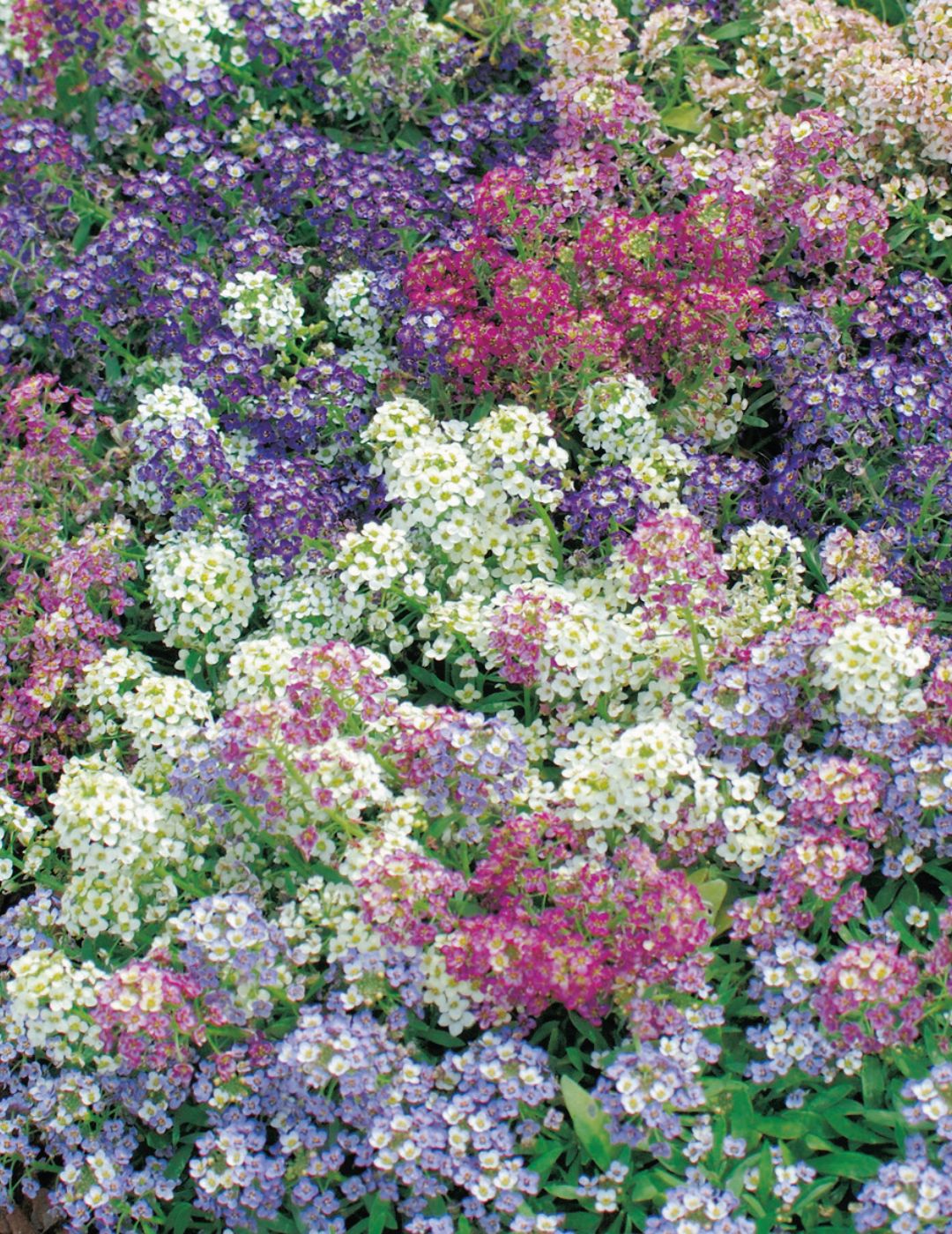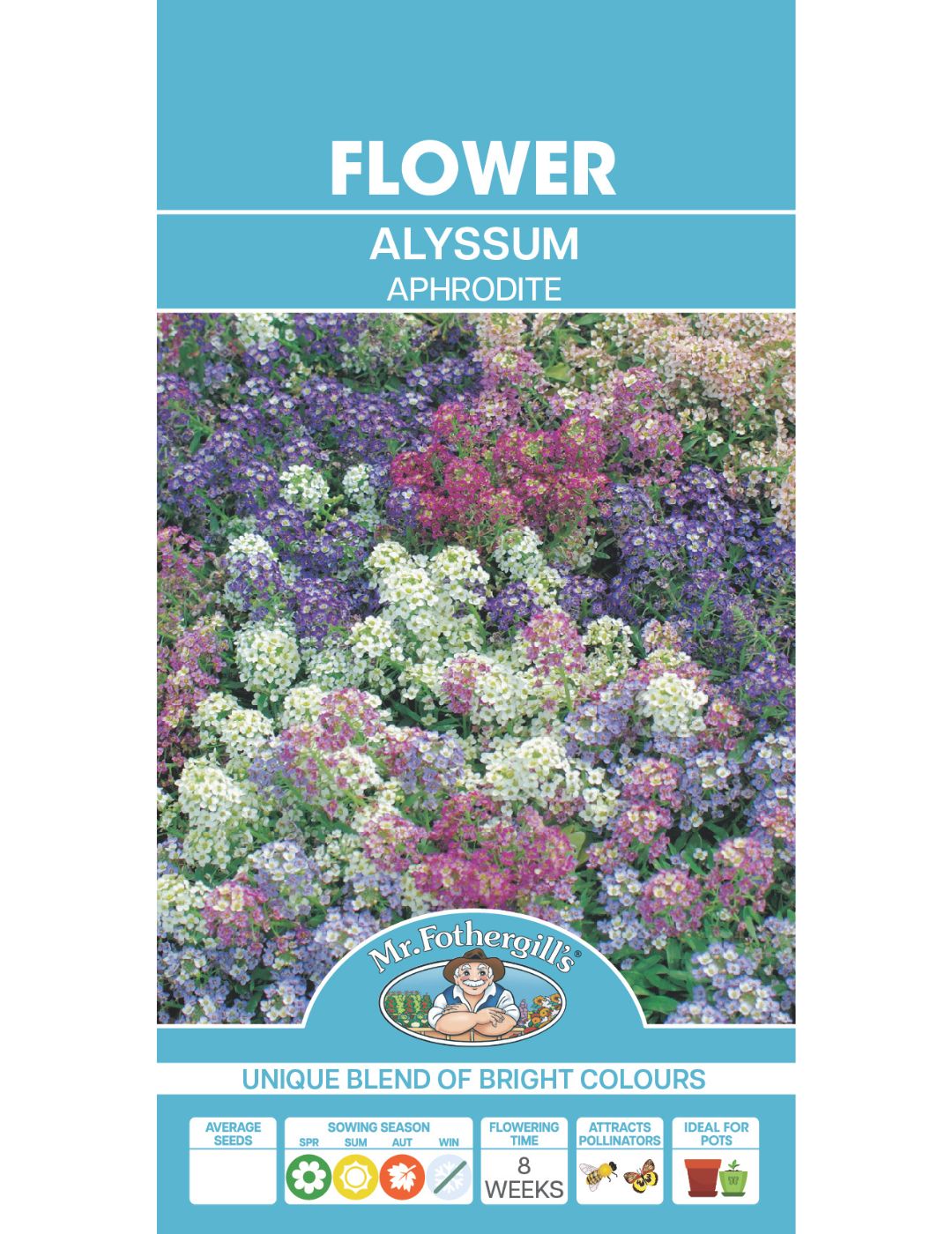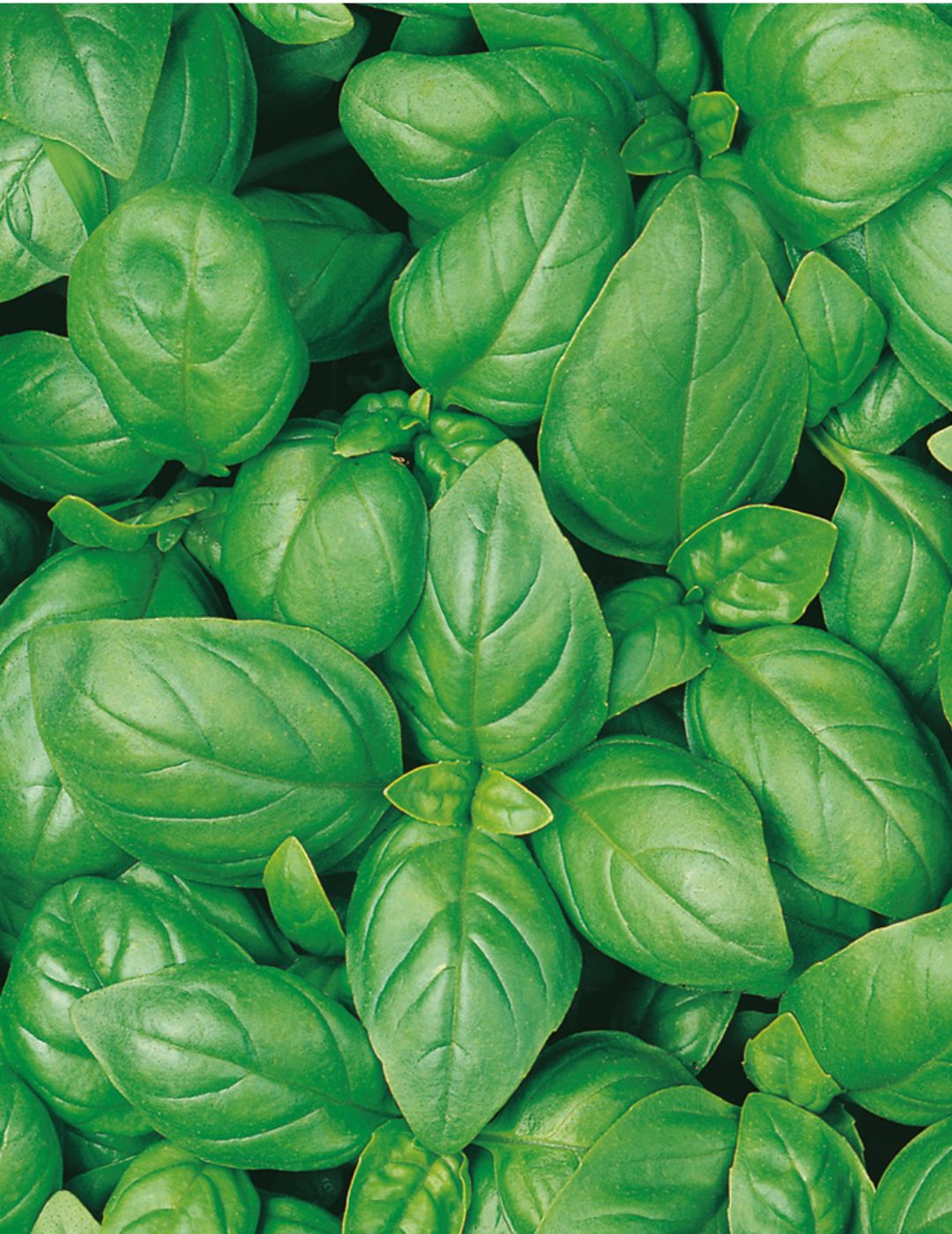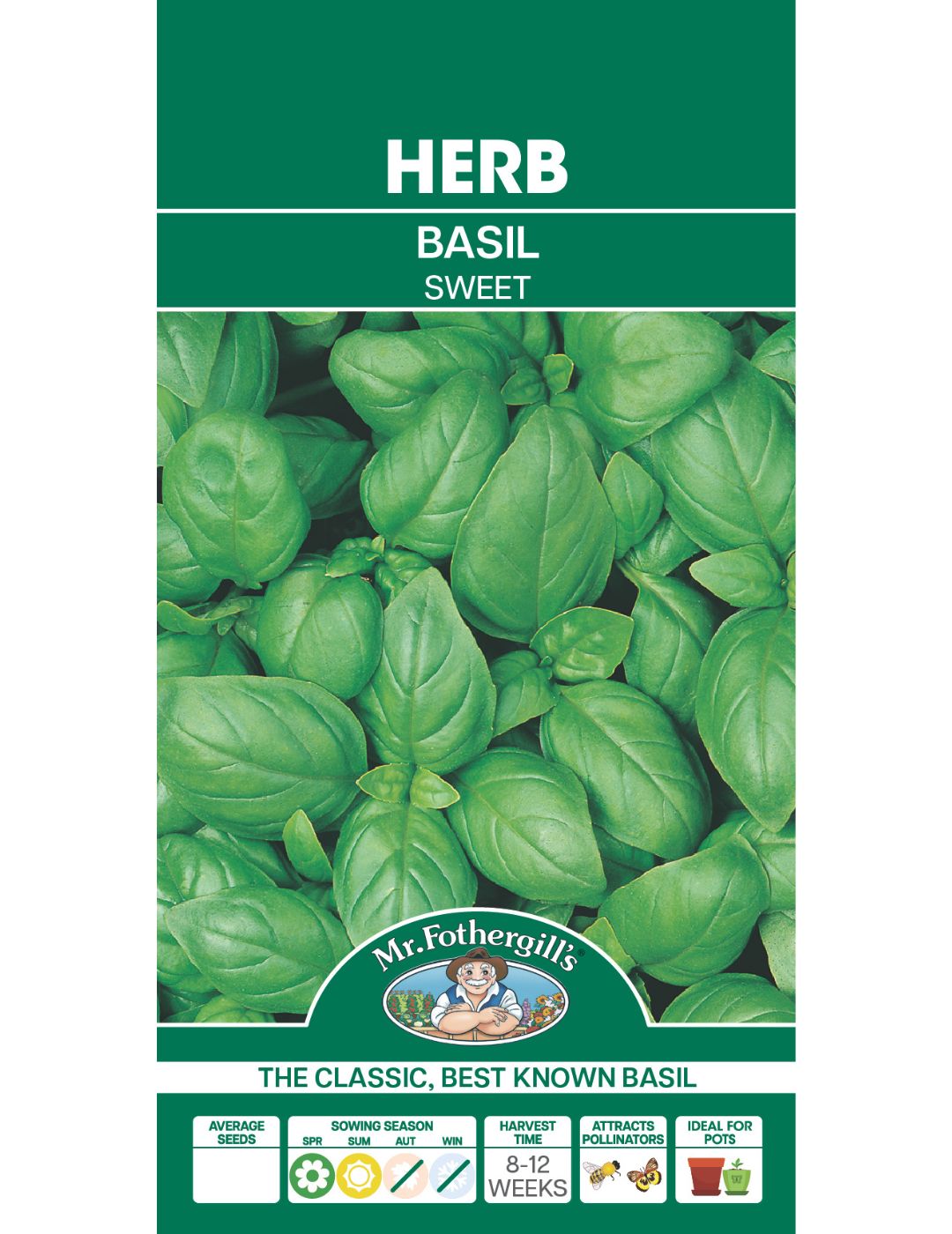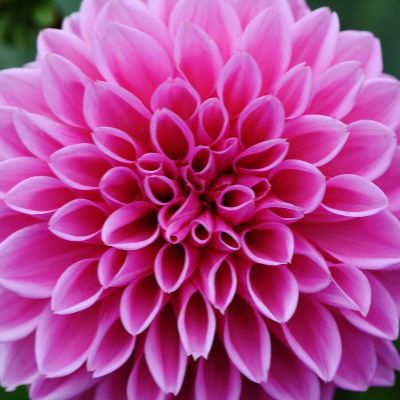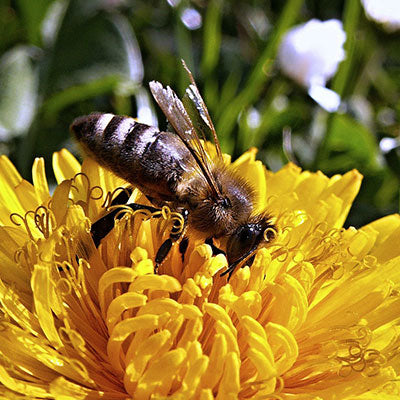Container gardening is basically what the term says. Gardening in a container. Its the ideal solution for those who have little or next to no garden space. Some advantages are flexibility to move your plants, you can adapt your garden to virtually anything with adequate light, less weeding and freedom to interchange plants throughout the year. To help you with this project we've highlighted some key points
Selecting the Right Container

Planter boxes, wooden barrels, hanging baskets and large flowerpots are just some examples of containers you can use. Anything that can hold soil and water has the potential to be a new home for your seeds.
Next time your at your local garden centre be aware of:
- Terracotta and clay pots are porous so will require more regular watering than sealed or ceramic pots
- Cheap thin plastic pots will deteriorate in UV sunlight and may need to be replaced after 1 or 2 seasons
- Glazed ceramic pots are excellent – just ensure there are some drainage holes. If there aren't any drainage holes you will need an inner plastic pot, so they plant can be removed to drain out the water that collects at the bottom
- Height and number of plants will determine the container size
- Small pots restrict the root area and dry out more quickly. They are better for starting off seeds or for keeping compact herbs.
- Deep rooted vegetables require deep pots otherwise they can become twisted or stunted
- Light-coloured containers are great for summer as they lessen heat absorption and discourage uneven root growth
Whatever your choice, containers should be set on bricks, purpose built stands or pot feet to allow free drainage so that the roots don't rot.
What soil to use for your container garden
You've got your container so now lets fill it with soil! But what soil do you pick? Go with a good quality potting mixture that is formulated for perfect drainage and water retention. Commercial potting mixes are often slightly acidic, so you may benefit by adding a little lime to your soil when getting started.
When adding soil mix to your container, leave a 5cm space between the top of the soil and the top of the container. You’ll then be able to add 2cm of mulch when required to help water retention and eliminate weeds.
If you're growing your plants from seeds, you can either germinate first by using some of our propagation products OR fill your pots with potting mix with a top layer of seed raising mix. Seed raising mix is finer than regular potting mix which makes it easier for small seeds to germinate and establish.
Don't forget the sunshine!
Your container garden will need at least five hours of direct sunlight each day, and many plants will benefit from even more. As a general rule, leafy vegetables such as spinach, silverbeet and lettuce can tolerate the most shade, while root crops such as beets and carrots will need a little more sunlight. Fruiting vegetables such as tomatoes and cucumbers need the most sun. The amount of sunlight needed by flowers varies between the varieties grown however generally speaking, they prefer full sun.
Watering & Fertilising Your Container Garden
In an exposed location, container plants lose moisture quickly with some plants needing to be watered daily, especially during hot, dry weather. To help keep your pot plants topped up incorporate some water crystals into the soil or set up a drip irrigation system run on a timer, this is great especially if you plan to go on holidays.
Potting mixes tend to drain water rapidly and the continual watering can leach out essential nutrients. To replenish the nutrients, fertilise with an all purpose controlled release fertiliser every couple of months. Check the plant food label to ensure that they contain a complete, balanced mixture of nutrient including trace elements. You can also supplement with targeted liquid fertilisers especially around flowering and fruiting time to maximise growth and increase the harvest. Liquid potassium feeds are great for this, and high nitrogen feeds are excellent for those leafy crops.



























